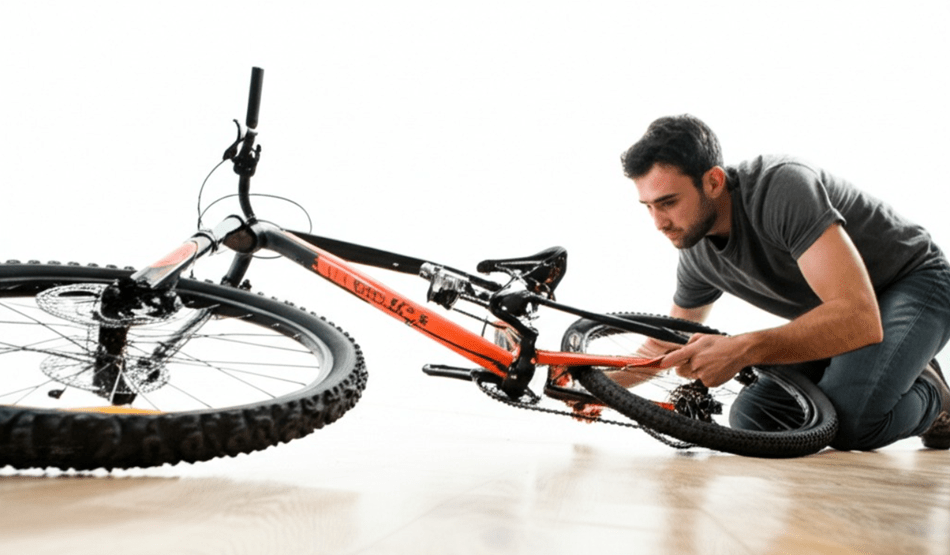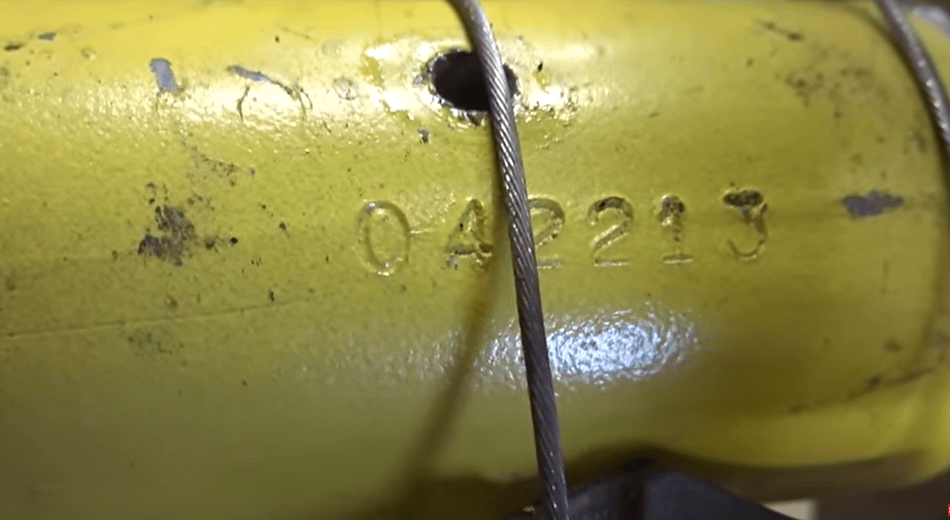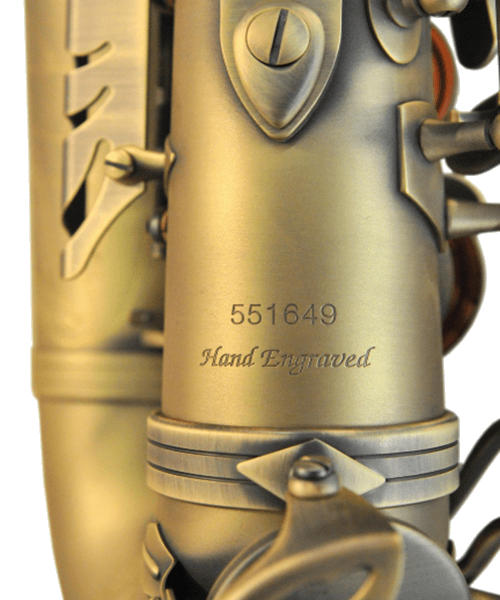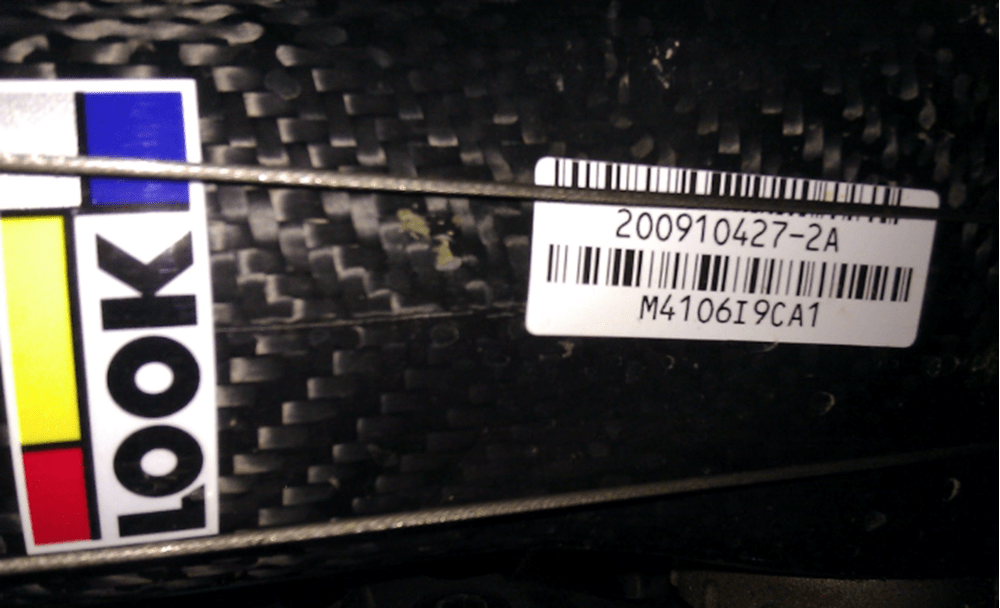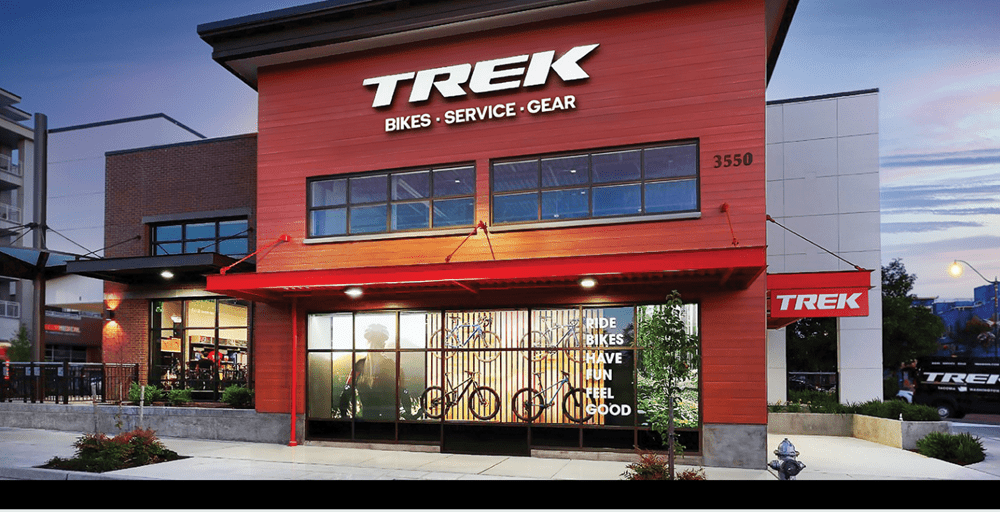Contents
- 1 Unlock Your Ride’s Secrets: The Ultimate Guide to Bike Serial Number Lookup
- 1.1 II. What Exactly is a Bike Serial Number and Why Should You Care?
- 1.2 III. Where to Find the Elusive Bike Serial Number
- 1.3 IV. Performing a Bike Serial Number Lookup: Your Go-To Methods
- 1.4 V. Decoding the Code: What Your Bike Serial Number Might Tell You
- 1.5 VI. Conclusion: Empower Yourself with Your Bike’s Identity
Unlock Your Ride’s Secrets: The Ultimate Guide to Bike Serial Number Lookup
Did you know your bicycle has a secret identity? That string of seemingly random numbers etched onto its frame – the bike’s serial number – holds the key to unlocking a wealth of information, from its origin story to its potential bicycle recovery if it ever goes missing. In today’s world, ensuring your bike security and understanding its provenance is paramount. Whether you’re a seasoned cyclist, a casual rider, or considering a pre-owned bicycle, learning how to perform a bike serial number lookup is an essential skill. This comprehensive guide will walk you through the simple steps to trace your bike’s history, verify its authenticity, and empower you with the knowledge to protect your valuable investment.
II. What Exactly is a Bike Serial Number and Why Should You Care?
Think of your bike serial number as its unique DNA, a distinct identifier assigned to it during manufacturing, much like a VIN on a car. This seemingly simple sequence of letters and numbers holds significant importance for a multitude of reasons, making understanding and knowing yours crucial for any bicycle owner. Unlike generic model names, your bike’s frame number is specific to your individual ride, setting it apart from every other bike on the road.
Life360 Pro – Powerful Bluetooth Tracker – track your bike’s location with military-grade precision before thieves can disappear LEARN MORE ➡️
So, why should you, as a cyclist, care about this seemingly obscure code? The benefits are far-reaching and can significantly impact your experience as a bike owner:
- Theft Recovery: Your Bike’s Best Chance of Coming Home: In the unfortunate event of bike theft, your serial number becomes your most powerful tool. When reporting a stolen bicycle to the police or registering it on bike registry databases, this unique identifier allows law enforcement and the cycling community to accurately track and potentially recover your prized possession. Without it, your chances of seeing your bike again diminish drastically.
- Proof of Ownership: Establishing Your Rightful Claim: Whether you’re selling a used bicycle, dealing with insurance claims, or even just proving ownership in a dispute, your serial number serves as irrefutable evidence that the bike belongs to you. It eliminates ambiguity and strengthens your claim.
- Identifying Model and Year: Unlocking Your Bike’s History: Often, though not always directly decipherable, your bicycle identification number can be used (through online decoders or by contacting the manufacturer) to determine the specific model year and sometimes even the production batch of your bike. This information is invaluable for finding compatible bike parts, understanding its original specifications, and even assessing its value as a second-hand bike.
- Finding Compatible Parts: Ensuring a Perfect Fit: When it comes time for repairs or upgrades, knowing your bike’s exact model and year (often linked to the serial number) helps ensure you purchase the correct cycle components. This prevents compatibility issues and saves you time and frustration.
- Insurance Purposes: A Key Requirement for Coverage: Most bicycle insurance policies require you to provide the serial number of your bike. This helps them accurately identify and track your specific asset for coverage purposes in case of theft or damage.

In essence, your bike serial number is more than just a random string; it’s the key to your bike’s identity, security, and history. Taking the time to locate and understand its significance is a fundamental step in responsible bike ownership and can save you significant headaches down the road.
III. Where to Find the Elusive Bike Serial Number
Embarking on your bike serial number lookup journey begins with a crucial first step: locating this unique identifier on your bicycle frame. While manufacturers generally follow common practices, the exact placement can vary. Think of it as a mini treasure hunt on your two-wheeled companion! Don’t worry, it’s usually in a fairly accessible spot. Here’s a comprehensive guide to the most likely locations for your frame identification number:
The Prime Spot: Underneath the Bottom Bracket
This is by far the most common location for your bike’s serial number. The bottom bracket is the part of the frame where the pedals attach. Carefully flip your bike over and examine the underside of this area. You’ll often find the number stamped or engraved directly into the metal.
Other Potential Hideouts on the Frame
If the bottom bracket comes up empty, don’t despair! Your bicycle’s serial code might be located in one of these alternative spots:
- The Head Tube: This is the vertical tube at the front of your bike where the handlebars connect. It’s often a good location to perform a bike serial number lookup as manufacturers frequently stamp identification numbers here. Check the front, sides, and even the top or bottom of this tube.
- The Chain Stays: These are the two tubes that run from the rear axle forward to the bottom bracket. Inspect the inside, outside, and underside of both chain stays.
- The Seat Tube: This is the vertical tube that your seat post slides into. Look along the front, back, and sides of the lower portion of the seat tube, near where it connects to the bottom bracket.
- The Rear Dropout: These are the slotted pieces at the very back of the frame where the rear wheel axle sits. Examine both the inside and outside surfaces of the dropouts.
- Muc-Off Carbon Frame Protective Shine Spray Ultimate UV protection meets showroom shine – your carbon frame deserves nothing less! LEARN MORE ➡️
Special Considerations for Carbon Frames
If you own a carbon fiber bike, the serial number might not be stamped or engraved in the traditional way. Due to the nature of the material, look for the serial number etched directly into the carbon surface or displayed on a sticker or decal adhered to one of the frame tubes (often the bottom bracket or seat tube). Be careful when inspecting these stickers, ensuring you don’t accidentally damage or peel them.
Brand-Specific Examples: Knowing Where to Look First
While general locations are common, some manufacturers have tendencies for specific placements:
- Trek: Typically found stamped into the bottom of the bottom bracket shell, or sometimes at the lower end of the seat tube.
- Rad Power bikes: Commonly located on the head tube.
- Schwinn: Historically, Schwinn bicycles have often placed the serial number on the head tube or the rear dropout, though locations can vary depending on the model and year.
- Santa Cruz: For Santa Cruz bikes, the serial number can be a bit more hidden. To locate it, you often need to remove the rear wheel, remove the lower shock bolt, and compress the swing arm. The serial number is usually found on the frame member revealed by this process.
Pro Tip: For a thorough search, use a flashlight and a clean cloth to wipe down potential areas. Sometimes dirt or grime can obscure the bike’s serial number. Be patient and systematically check each of the locations mentioned above. Once you’ve located this crucial frame identification, you’ll be one step closer to unlocking your bike’s secrets through a successful serial number lookup.
IV. Performing a Bike Serial Number Lookup: Your Go-To Methods
Once you’ve successfully located that all-important bike serial number on your bicycle frame, the next step is to put it to work! A bike serial number lookup can unlock a wealth of information, from confirming your ownership to potentially identifying a stolen cycle. Here are the primary methods you can use to investigate your frame identification number:
Method 1: Harnessing the Power of Online Search (The “[Brand Name] Bike Serial Number Decoder” Approach)
The internet offers a vast landscape of information, and often, the simplest approach is a targeted online search. If you know the bike brand, a highly effective strategy is to search specifically for a “[brand name] bike serial number decoder“. For example, if you own a Trek, your search query would be “Trek bike serial number decoder“.
- What to Expect: Depending on the manufacturer, you might find:
- Official Brand Websites: Some bike brands have dedicated pages or tools on their websites that allow you to input your bicycle serial code and retrieve information like the model year, and sometimes even the specific model.
- Enthusiast Forums and Communities: Dedicated online forums and communities for specific bike brands often have threads or resources where members share knowledge about decoding serial numbers. Experienced users may be able to help you decipher the information.
- Third-Party Decoder Websites: While less common and requiring caution regarding data privacy, some third-party websites claim to offer bike serial number lookup services. Always verify the credibility of such sites before entering your information.
- Important Considerations: Keep in mind that not all bike manufacturers provide readily available online decoders. The level of detail you can obtain will vary greatly depending on the brand and the age of the bike.

Method 2: Leveraging Community Power with BikeIndex.org (Checking the Bike Register Database)
For a broader approach, especially focused on bike theft prevention and recovery, BikeIndex.org is an invaluable free resource. This non-profit platform allows anyone to register their bicycle and perform a bike serial number lookup to verify ownership. It also enables users to check if a bike has been reported as stolen on the BikeRegister Database.
- How it Works for Lookup: Simply visit the BikeIndex.org website and utilize their search function. You can enter the bike’s serial number to instantly check if it’s listed as stolen within their extensive database.
- Benefits:
- Free Service: Checking the database is completely free for everyone.
- Large Network: BikeIndex collaborates with law enforcement, bike shops, and cycling communities, making it a powerful tool for stolen bike recovery.
- Peace of Mind: If you’re purchasing a used bike, checking BikeIndex is a crucial step to ensure you’re not unknowingly buying stolen property.
- Beyond Lookup: Registration is Key: While you’re there, consider registering your own bicycle on BikeIndex. This proactive step significantly increases the chances of recovery if your bike is ever stolen.

Method 3: Going Straight to the Source: Contacting the Manufacturer
If online searches and BikeIndex don’t yield the information you’re seeking, the most direct route is to contact the bike’s manufacturer directly.
- How to Proceed: Locate the contact information for the manufacturer on their website (usually in the “Support” or “Contact Us” section). Be prepared to provide them with the bike serial number, the bike brand, and any other identifying details you have (approximate year of purchase, model name if known).
- What to Expect: Manufacturer support teams often have access to historical records and can provide you with information about your bike’s model year, original specifications, and sometimes even its production date.
- When This is Most Useful: This method is particularly helpful for older or less common bike brands where online resources might be limited.
By utilizing one or a combination of these methods, you can effectively perform a bike serial number lookup and unlock valuable information about your bicycle. Remember to be patient and persistent, as the availability of information can vary.
V. Decoding the Code: What Your Bike Serial Number Might Tell You
You’ve found your bike serial number and perhaps even used one of the bike serial number lookup methods. Now, let’s delve into what this unique bicycle identification number actually signifies. Think of it as a secret language that manufacturers use to track and identify their creations. While the exact format and information encoded can vary significantly between bike brands, there are some common elements and insights your frame number can potentially reveal:
A Unique Identifier: Distinguishing Your Ride from All Others
At its most fundamental level, your bike’s serial code serves as a completely unique identifier for *that specific* bicycle. Just like your fingerprint, no two bikes manufactured by the same company will share the exact same serial number. This is crucial for inventory management by bike manufacturers and bike shops, allowing them to track individual units throughout the supply chain.
Matching Compatible Parts: Ensuring the Right Fit for Repairs and Upgrades
For bicycle mechanics and owners alike, the serial number can sometimes help in identifying the precise model and year of a bike. This information is invaluable when sourcing bike components for repairs or upgrades, ensuring compatibility and proper function. Knowing the specific model can lead to accurate parts diagrams and recommendations.
KMC X11SL DLC Super Light 11-Speed Bike Chain Whisper-quiet power transfer with military-grade durability – because your pedal strokes deserve perfection!
LEARN MORE ➡️
Potential Insights into Manufacturing Date: Unraveling Your Bike’s Age
While not always straightforwardly decipherable by the average user, the bike serial number format often incorporates information about the bike’s manufacturing date.
- First Numbers as Indicators: Typically, the initial digits of the serial number will provide clues about the year and sometimes even the month of manufacture. However, the specific coding system varies greatly.
- Manufacturer-Specific Formats: Understanding the precise meaning of these initial digits often requires consulting the specific bike manufacturer’s decoding system or contacting their support.
Specific Bike ID Within a Production Run
Beyond the general manufacturing date, the remaining digits of the bicycle frame number usually represent the specific identification number of that particular bike within a batch or production run. This allows manufacturers to track individual units for quality control and warranty purposes.
Important Considerations
- No Universal Standard: It’s crucial to understand that there is no universal standard for bike serial number formats. Each bike brand often employs its own unique system.
- Online Decoders Vary in Accuracy: While some online “bike serial number decoder” tools exist, their accuracy can vary, and they may not cover all brands or older models.
- Contacting the Manufacturer is Key for Detailed Information: For the most accurate and detailed information about your bike’s manufacturing date and specific details encoded in the serial number, contacting the bike’s manufacturer directly remains the most reliable method.

In summary, while the bike serial number might appear as a random string, it’s a vital piece of information that uniquely identifies your bicycle and can offer clues about its origin and specifications. By understanding its significance and utilizing bike serial number lookup methods, you can unlock valuable insights into your beloved ride.
VI. Conclusion: Empower Yourself with Your Bike’s Identity
In the world of cycling, your bicycle is more than just a mode of transportation or a source of recreation; it’s an investment, a companion on adventures, and for some, a vital part of their daily lives. Understanding and safeguarding this valuable asset starts with recognizing its unique identity – its bike serial number.
As we’ve explored in this guide, performing a bike serial number lookup isn’t just a task; it’s an empowering action that provides you with crucial knowledge and enhances your peace of mind. By taking the simple steps to locate your frame identification number and utilizing the various lookup methods – from targeted online searches for a “[brand name] bike serial number decoder” to the community-driven power of BikeIndex.org, and even reaching out directly to the bike’s manufacturer – you can unlock a wealth of information about your ride.
Remember, your bike’s serial code is your primary tool in the fight against bike theft, offering the best chance for bicycle recovery should the unthinkable happen. It serves as undeniable proof of ownership when buying or selling a used bike, and it can even provide valuable insights into your bike’s history, helping you find compatible bike parts and understand its specifications.
So, take a few moments today to locate the serial number on your bicycle frame. Explore the bike serial number lookup options we’ve discussed. Whether you’re a seasoned cyclist or new to the world of two wheels, this small effort can yield significant benefits.
Final Call to Action: Consider taking the proactive step of registering your bicycle on platforms like BikeIndex.org. By contributing to this community database, you not only protect your own ride but also contribute to a collective effort in deterring bike theft and helping reunite stolen bikes with their rightful owners. Empower yourself with your bike’s identity – it’s a key piece of the cycling experience you won’t want to overlook.
 |
 |
 |
We earn from qualified Amazon purchases with NO cost to you. ANY item that you need or were going to purchased anyway through any of our links, helps support this site. Thank you for your support!
If you enjoyed learning about this week’s featured bicycle, don’t miss out on more classic bike goodness! Visit our website at classicjapanesebicycles.com for an extensive collection of timeless Japanese bikes and their unique stories. Plus, check out our YouTube channel, Bicycle Restoration Man, for detailed restoration videos and showcases of our finished projects. Subscribe and join our community of bike enthusiasts!



